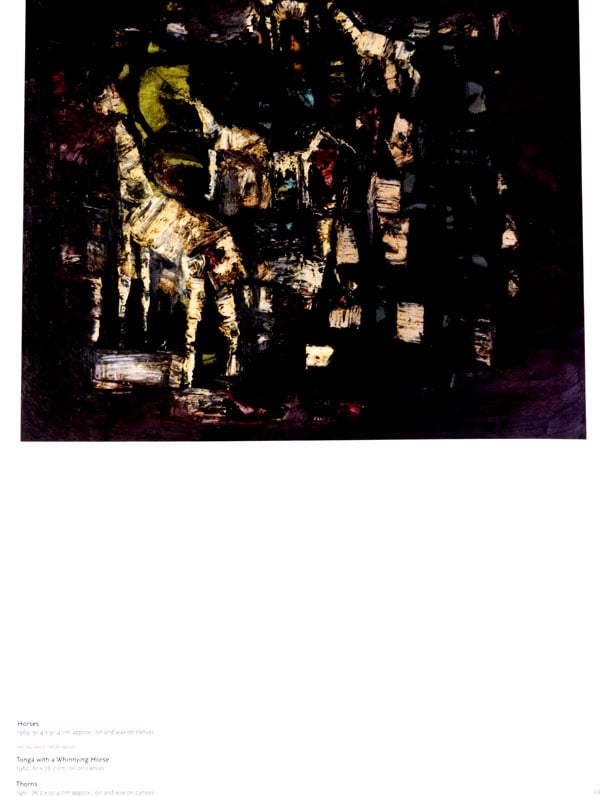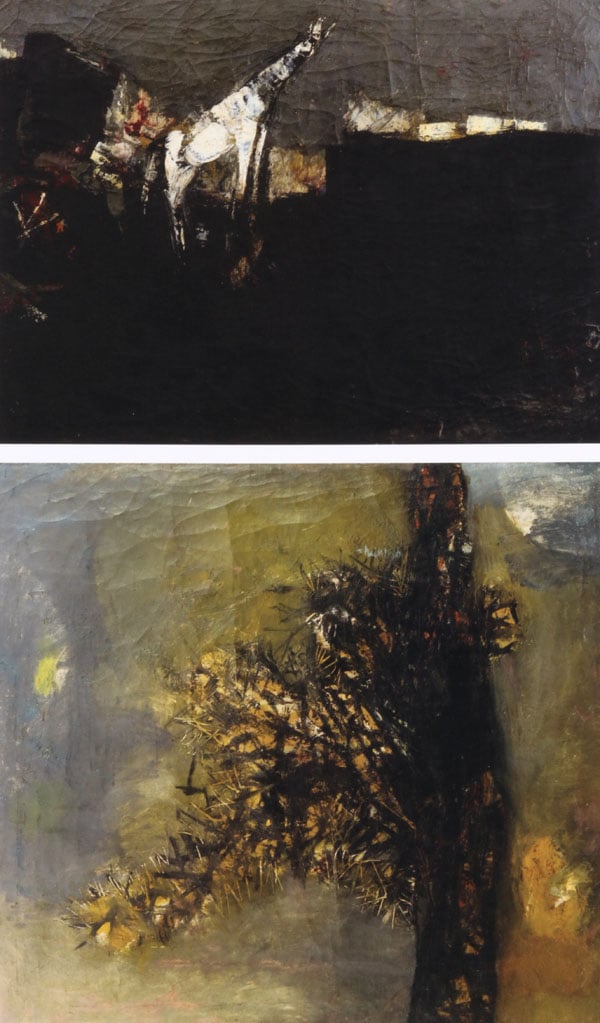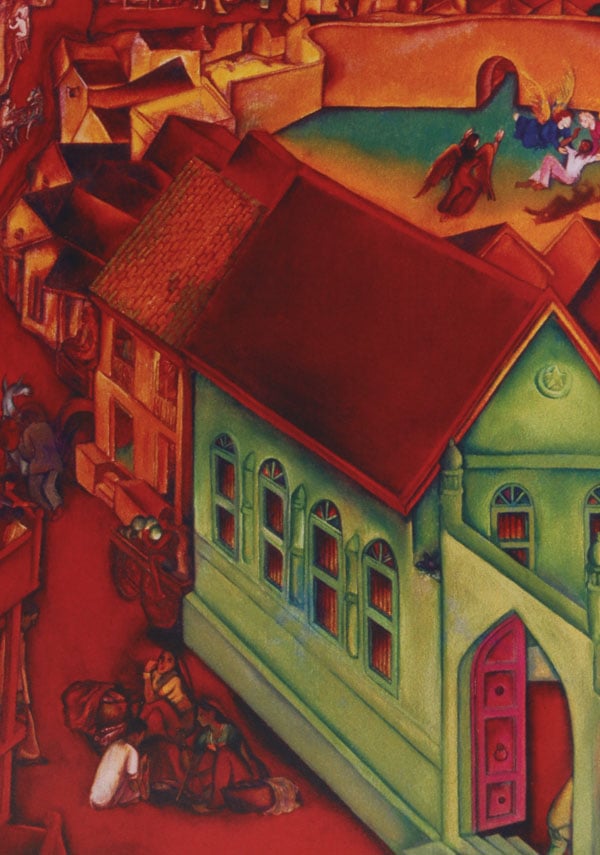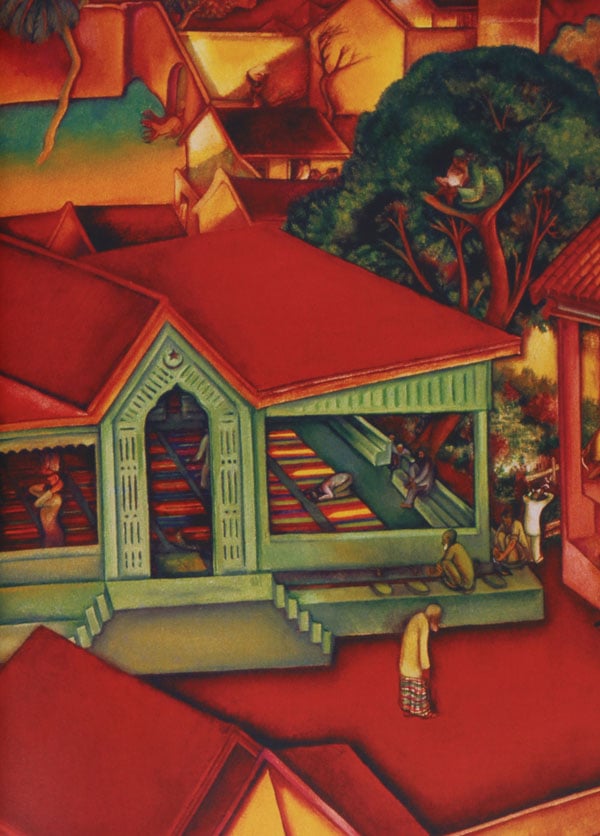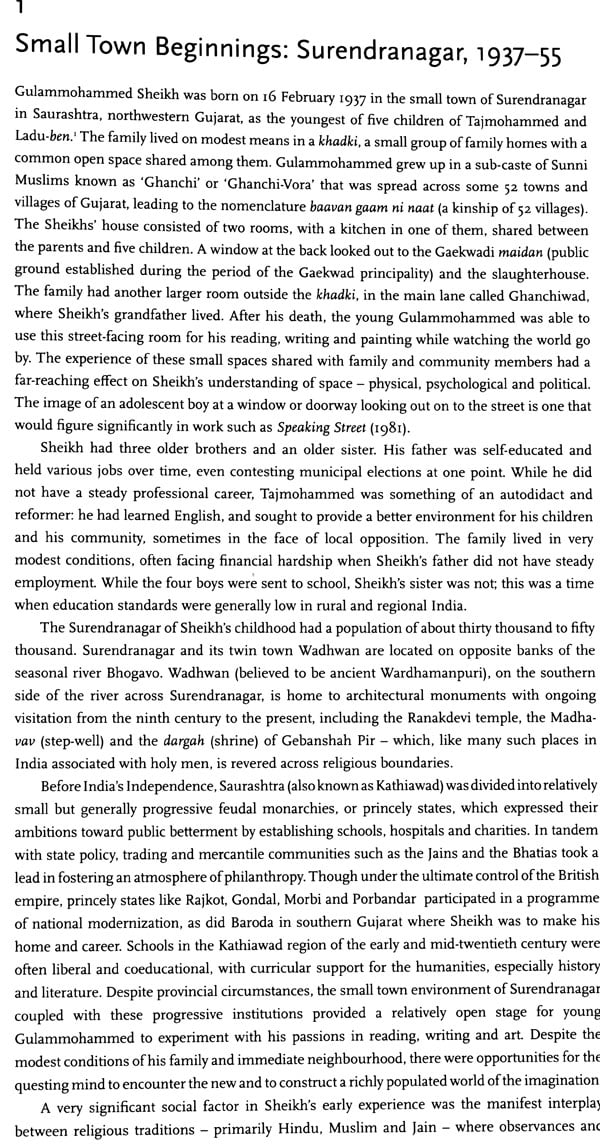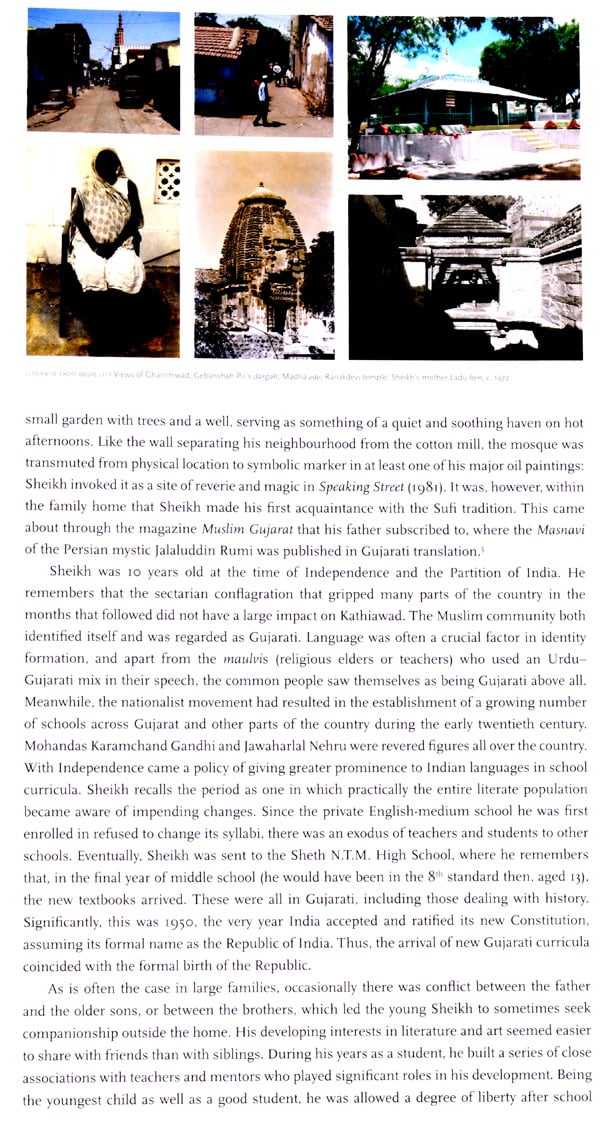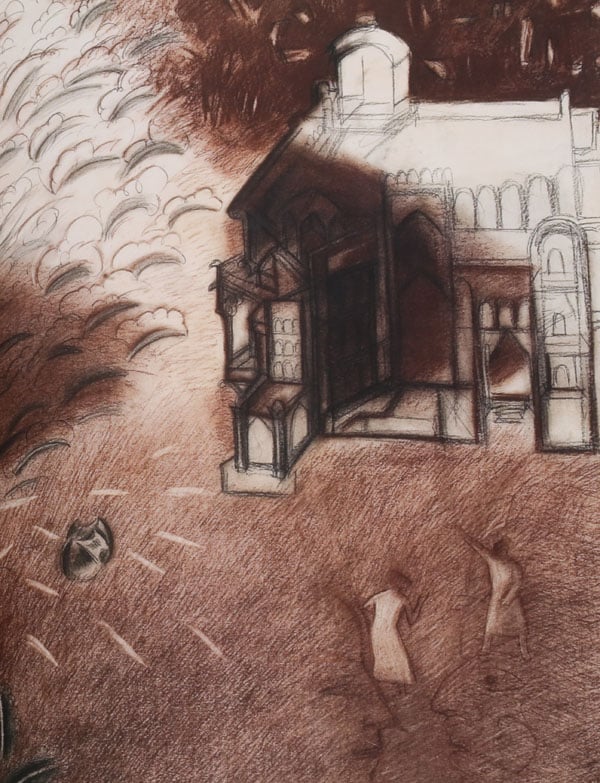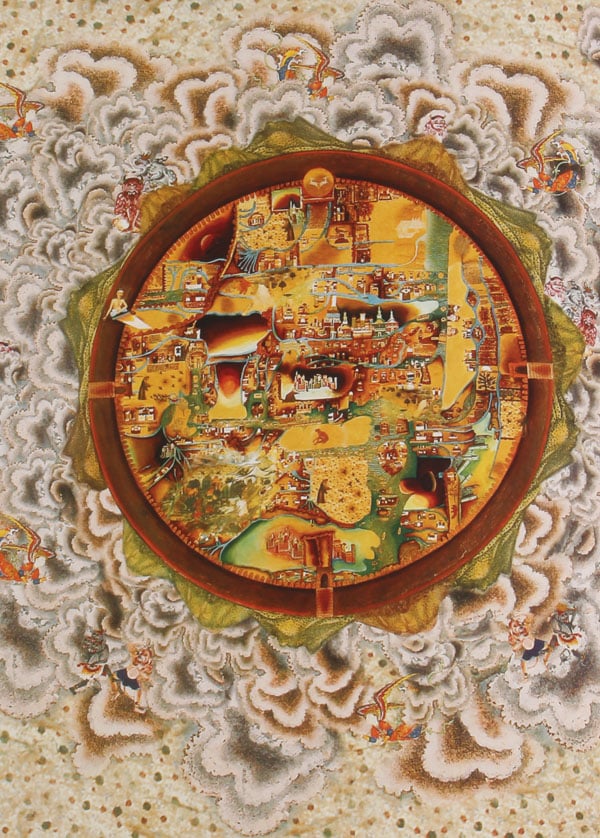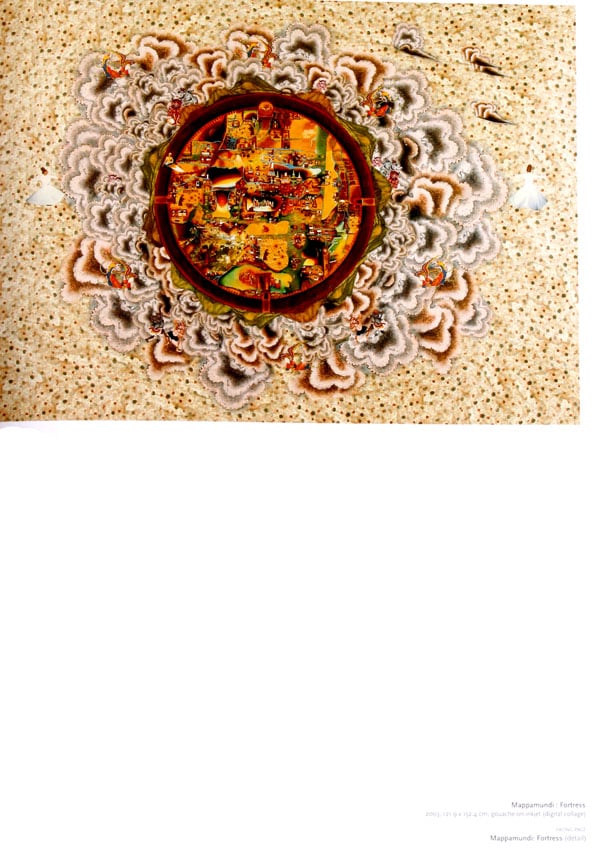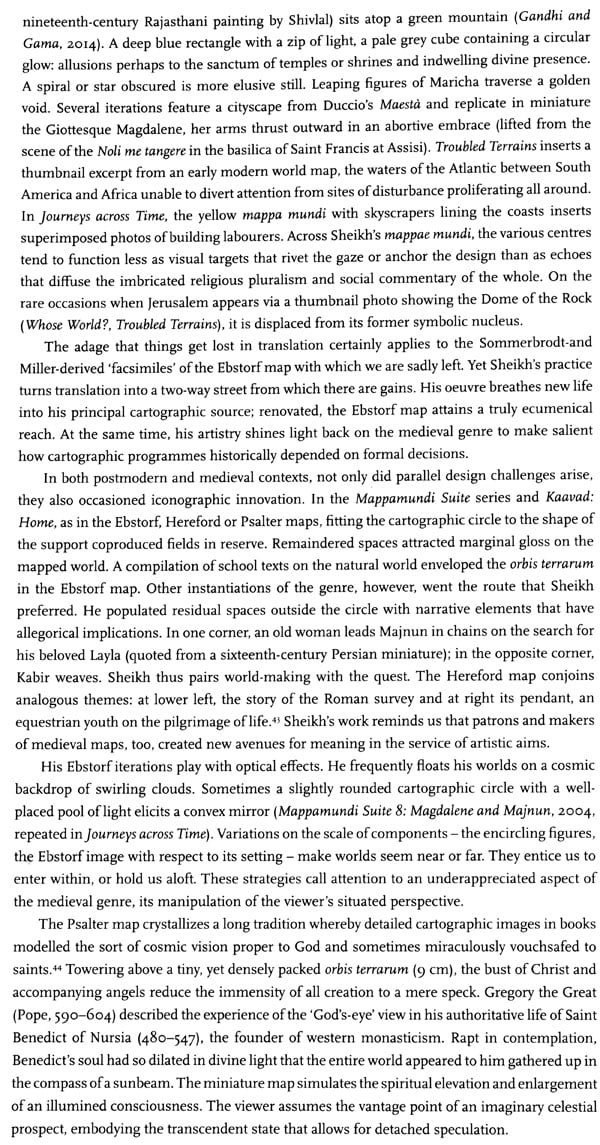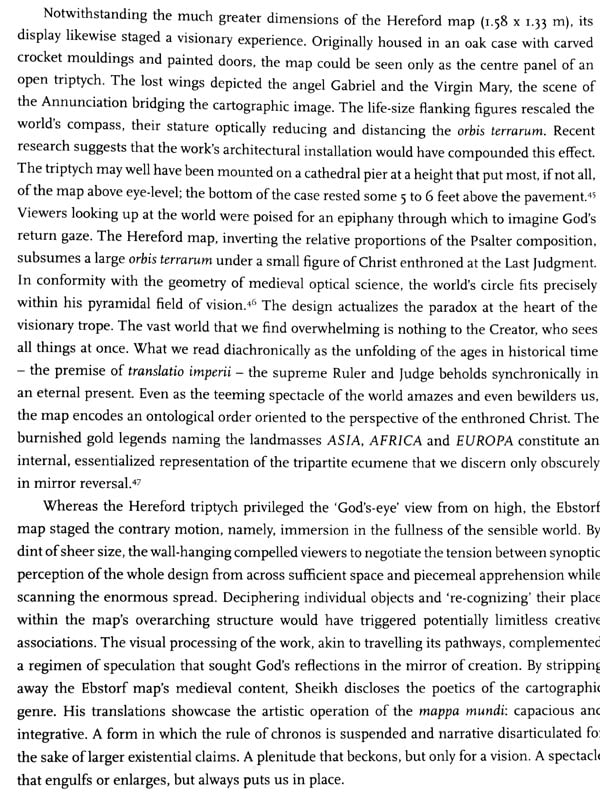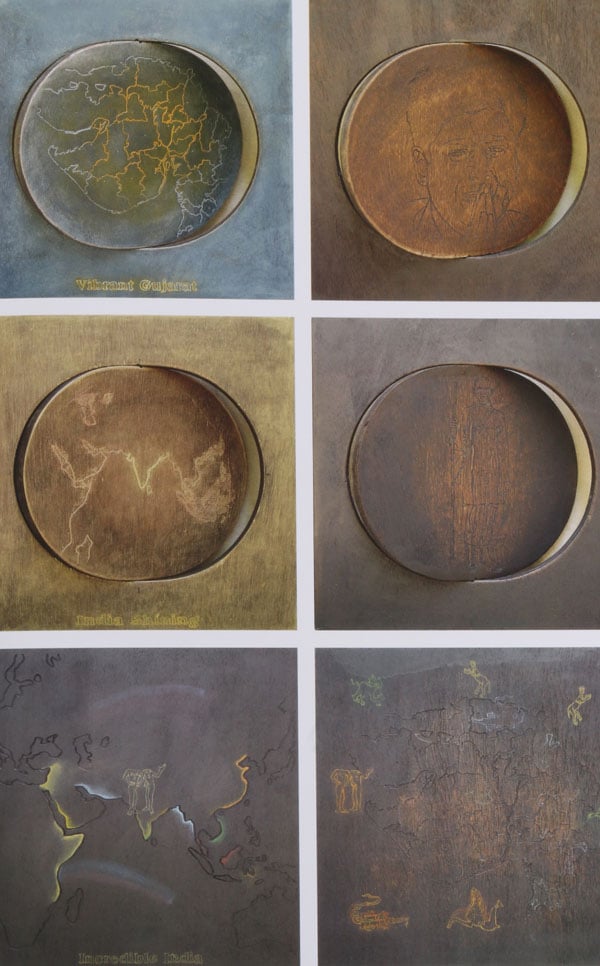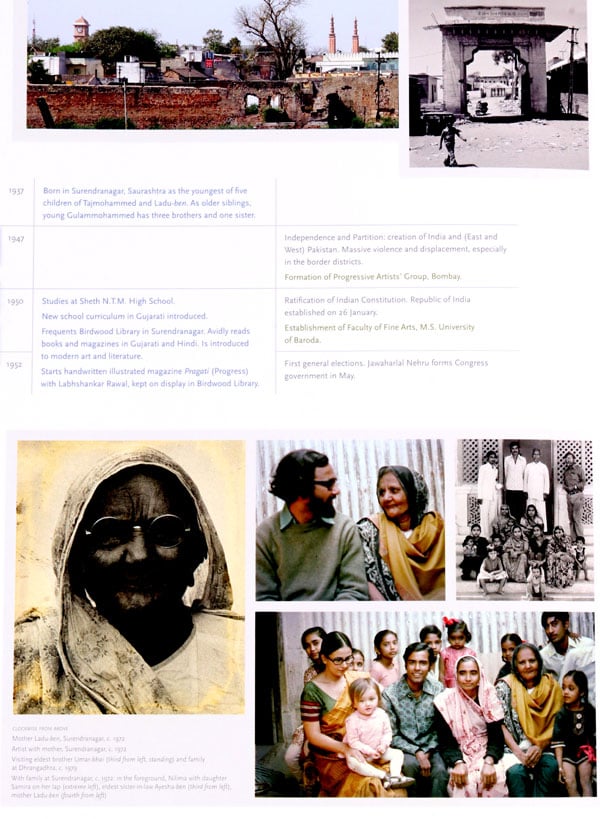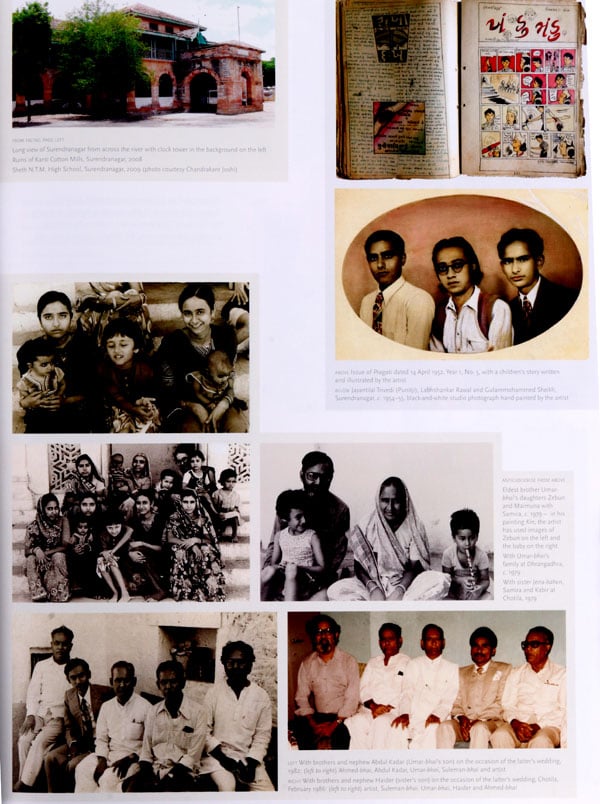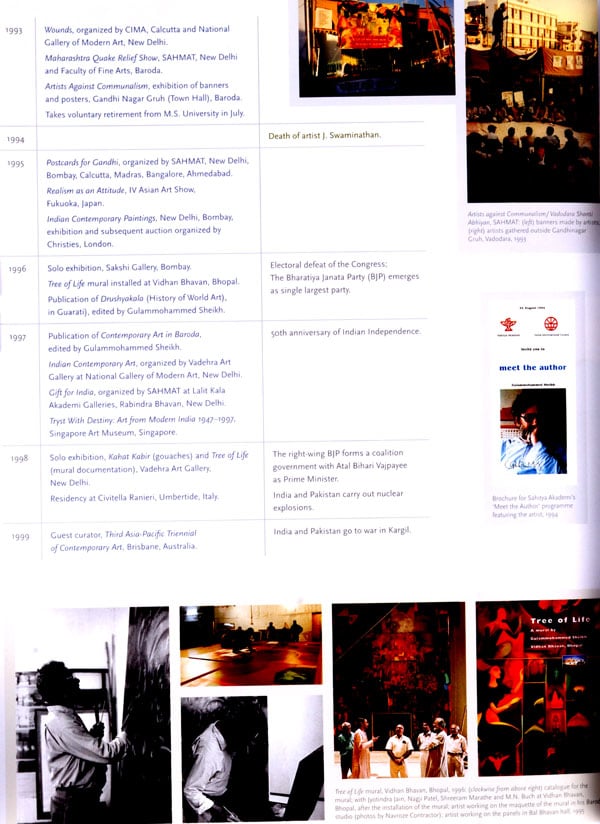
At Home in the World- The Art and Life of Gulammohammed Sheikh (Big Book)
Book Specification
| Item Code: | NAU981 |
| Author: | Chaitanya Sambrani |
| Publisher: | Tulika Books |
| Language: | English |
| Edition: | 2019 |
| ISBN: | 9788193926901 |
| Pages: | 490 (Throughout Color Illustrations) |
| Cover: | HARDCOVER |
| Other Details | 13.00 X 9.50 inch |
| Weight | 3.02 kg |
Book Description
A person is never easy to describe, especially in relation to his work. We use the tools of language to bring together a synthesis of a person, and the completeness of such an endeavour takes form in books.
And so we have here such a book — a book of a man, a poet, a critic, a thinker, an artist -- Gulammohammed Sheikh. In the case of some artists, the work itself might be self-evident or such that its meaning is more linear. For example, in many portraits or landscapes, often the painting is done for the sake of capturing an essence, to bring wholesome life to an often immobile subject. This is not to say that the work is bereft of meaning, it is to say that the context can be uncovered more smoothly.
In the work of Gulam, however, we are first led to encountering a riot of overlapping images, an ethereal blend of fantastical colours, mediums that extend from collage to painting, to three-dimensionsal works, to a multitude of scenes and images, to scores of meanings, histories, events, memories and narratives.
Just as works of poetry need a sharper concentration, the paintings of Gulam, much like the poet he is, seek to reveal themselves only to the patient viewer. His paintings are not ones to be looked at for a few minutes to try and extract the meaning, as if they were a puzzle. Gulam's works nearly always need us, the viewers, to have a contextual lesson on his thought process, on his ideas, on his journey towards his work.
’
For example, when we look at City for Sale, 1981-84, we are urged to have at once a broad, macro as well as deeper understanding of Gulam's narrative. It is easy to be drawn into this painting with its bold `Silsila' sign, or the trio of men passing along a match, and, of course, omnipresent is Gulam's swirling colours blending and creating their own theory, their own visual effects.
But here we have a painting deeply important in its socio-economic context, where, in Gulam's words, the city of Baroda and indeed the country had been swept along ethnic and religious faultlines. While one part of the city maintained its normalcy in the so-called simple act of showcasing the movie Silsila, in another part of this at-first innocuous painting, a man is menacingly made to derobe to see whether he is Muslim or not.
These and other themes in the painting make Gulam's works much like Biblical or Temple thematic works in which the context of the storyline is provided, and with the artist's own impression and memories and influences playing as much, if not more, of a central role in the viewer's responsibility towards the work.
Seeing Gulam's work for sheer aesthetic pleasure has always done wonderfully, but to uncover his truths or untruths, the dichotomy and the contradictions of memory and images, the discretion of concentration and patience must be practised.
In Mappamundi 2, we have St Francis, Kabir, Majnun and Mary Magdalene punctuating the corners of a painting suffused with enough imagery and references to fill an encyclopaedia's worth of history, cross-referencing between East and West and real and mythological and imagined themes. From whirling dervishes to Piero della Francesca, the Mappamundi series may well be a compendium of world histories and almanacs. Indeed, Gulam asks, 'What is reality?' He talks of restructuring history and memories, and change. He talks of making history relevant to the present, and dealing with it in his painterly and almost other-worldly approach.
**Contents and Sample Pages**
